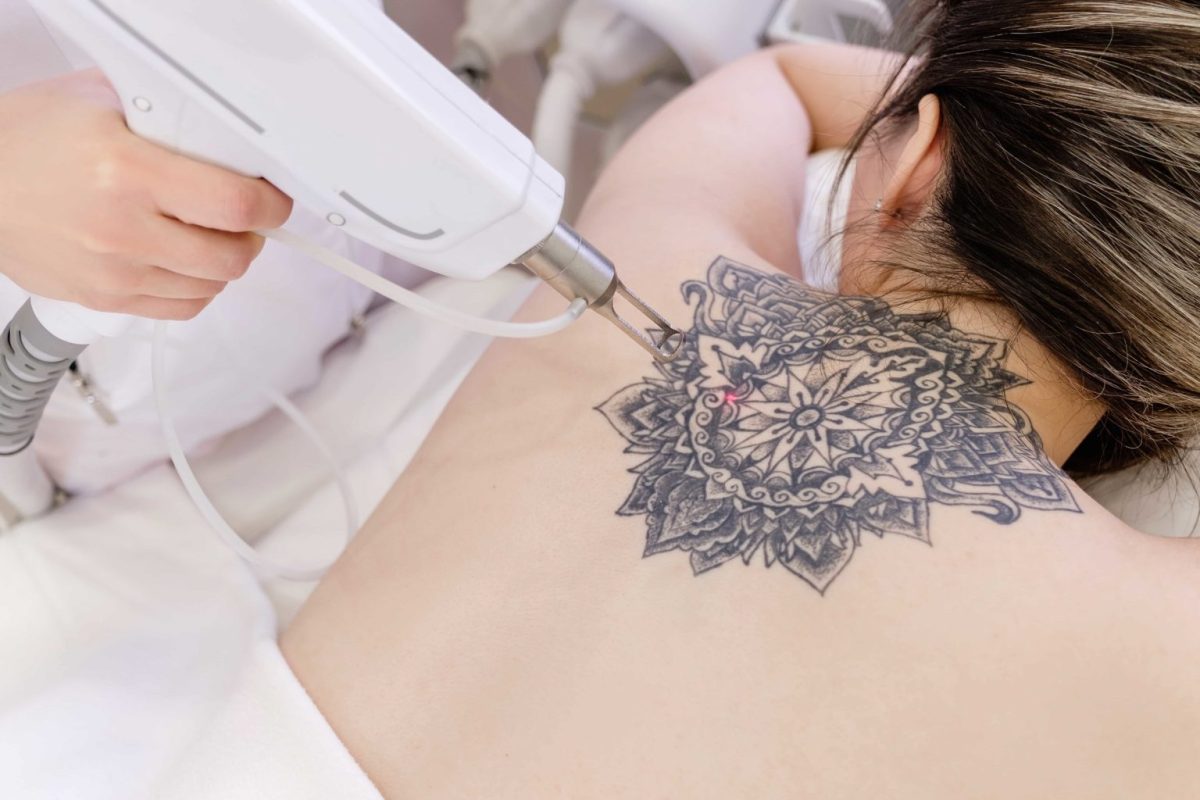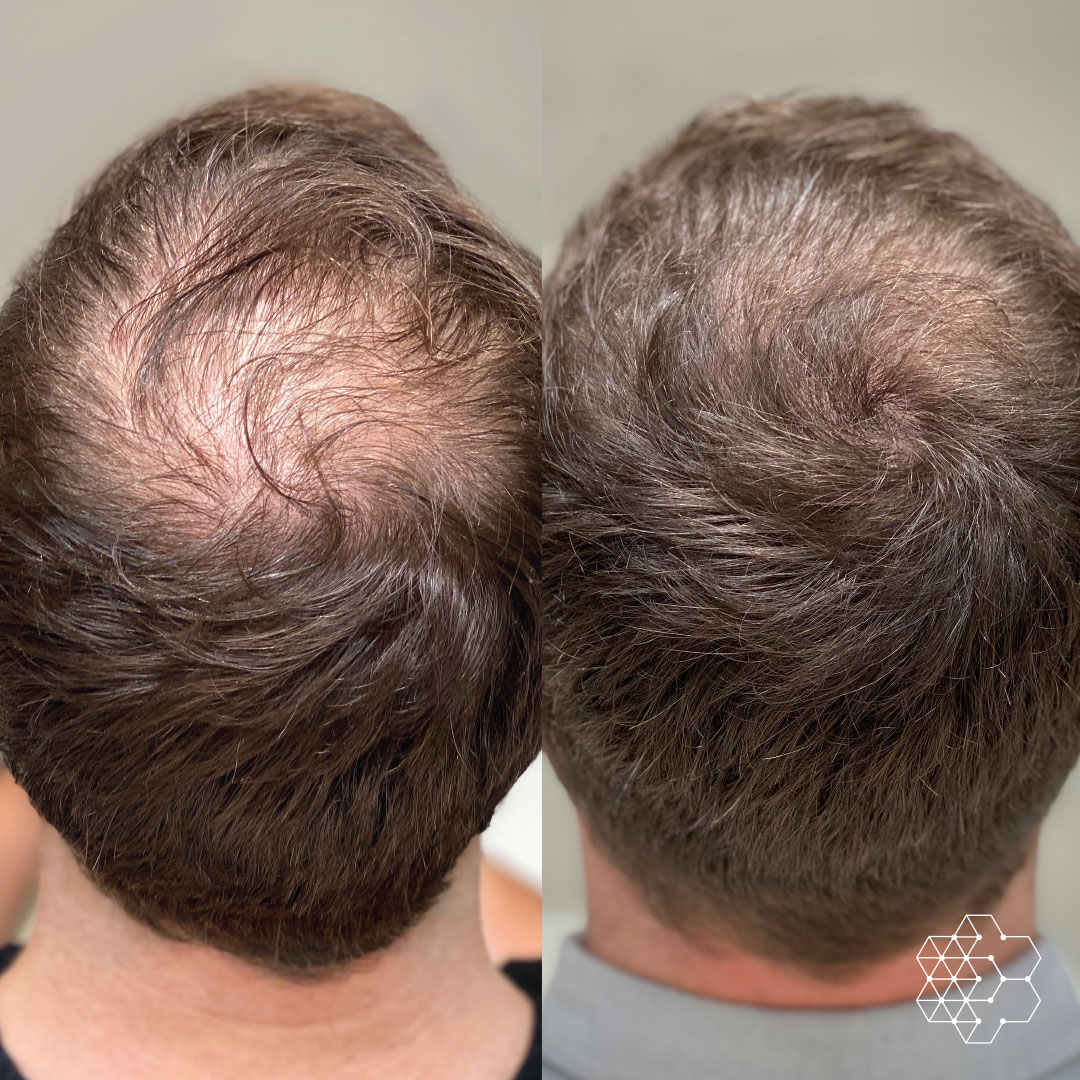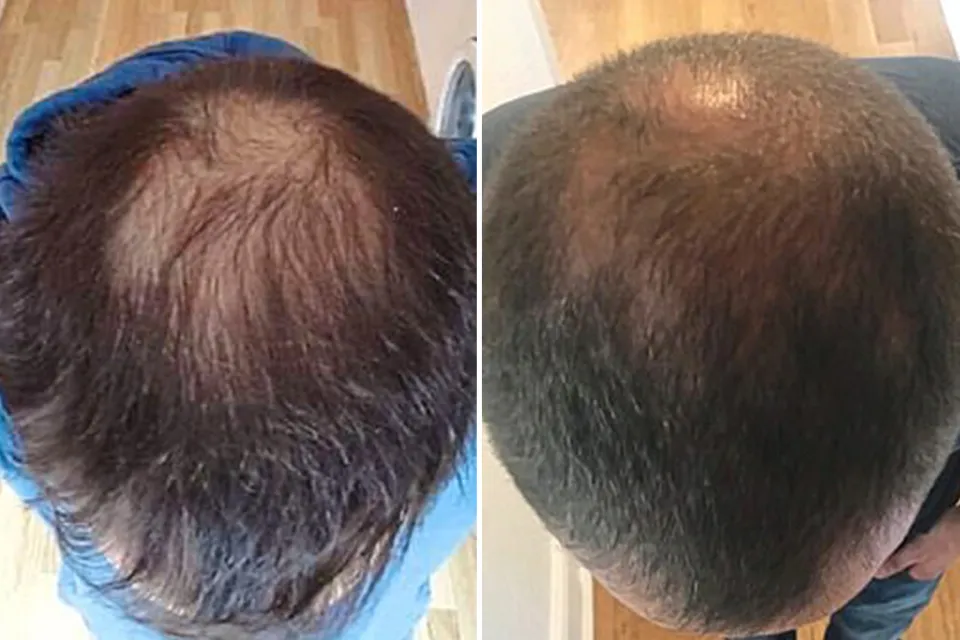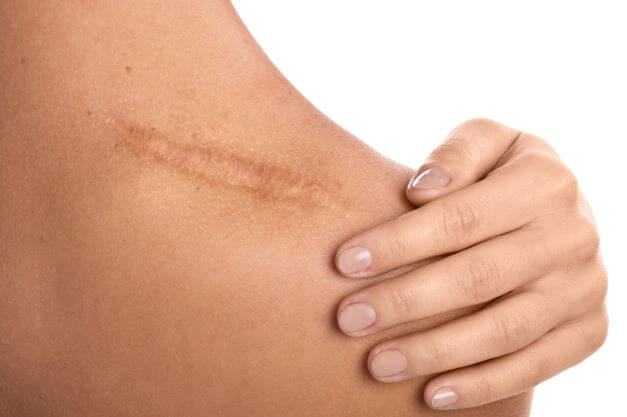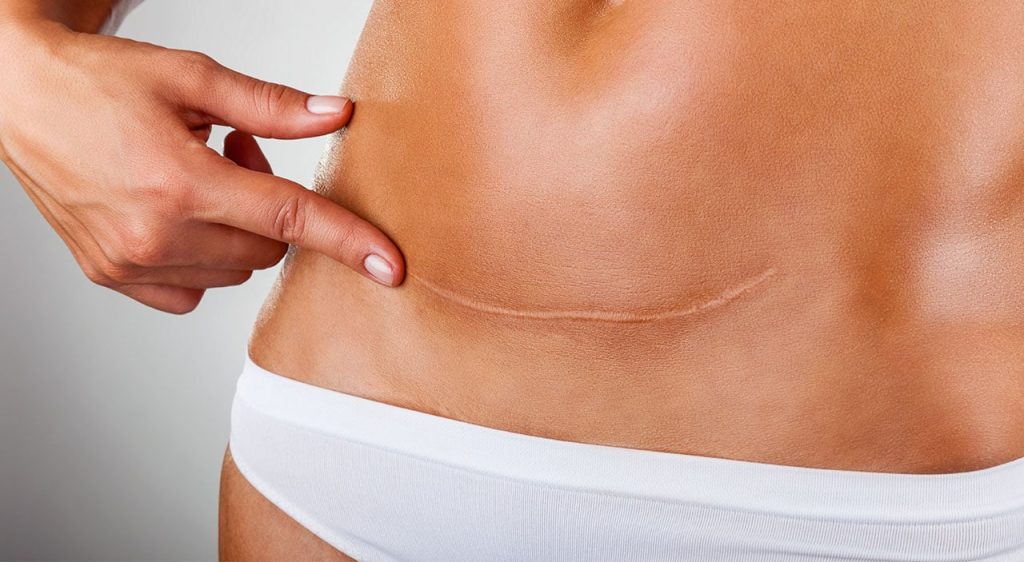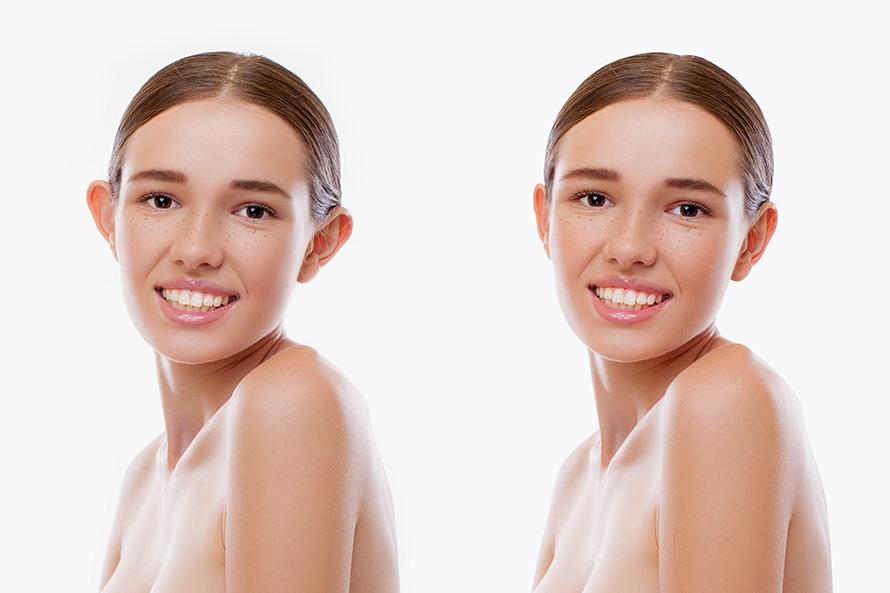Factors Influencing Removal Costs
Tattoo Size
Tattoo size significantly affects the removal cost. Larger tattoos require more time and resources to remove, thus increasing the price. A small, coin-sized tattoo might be affordable to erase.
Larger designs, however, demand multiple sessions. This escalates the overall expense.
Color Complexity
The color of the ink plays a crucial role too. Black ink is easier and cheaper to remove due to its absorption properties. Multicolored tattoos present a challenge. They need specialized lasers for each pigment.
This complexity can hike up the removal cost considerably.
Body Location
Tattoos on certain body parts are harder to remove. The skin’s thickness and blood flow affect this process. Tattoos on the neck or ankles might cost more than those on the arm or back.
Age & Skin Type
Older tattoos fade over time, making them easier and cheaper to remove. The client’s skin type also impacts the price. Lighter skin types typically see better results with fewer sessions.
Darker skin tones may require careful handling to avoid damage, potentially increasing costs.
Provider Expertise
Experts with extensive experience usually charge more for their services. Their expertise ensures efficient and safe removal, justifying the higher price tag.
Geographical Location
Finally, where you get your tattoo removed matters. Urban centers with high living costs tend to have higher removal prices compared to rural areas.
The Pricing Process Explained
Consultation Phase
The journey towards laser tattoo removal begins with a consultation. Here, specialists assess the tattoo’s size, colors, and location. They discuss your health and skin type. This step is crucial for crafting a tailored cost estimate.
During these sessions, they also explain how the procedure works. They highlight the technology they’ll use. This initial discussion sets expectations for both parties.
Pricing Factors
Several factors influence the cost of removing a tattoo via laser. First, the number of treatment sessions needed plays a significant role. Tattoos with complex colors or larger sizes often require more visits.
The technology used also impacts pricing. Advanced lasers that offer faster and less painful removal can increase costs.
Cost Variability
It’s important to understand that prices might vary as treatment progresses. If a tattoo fades slower than anticipated, additional sessions may be necessary. This can lead to higher costs than initially quoted.
Such adjustments are common and reflect the procedure’s complexity and unpredictability. Specialists aim for transparency but must adapt to each tattoo’s unique response to treatment.
Size and Tattoo Pricing
Cost Factors
The size of a tattoo plays a crucial role in determining the removal cost. Larger tattoos naturally require more sessions. This increases the overall expense. A general rule is that larger tattoos demand more time and resources.
For most removal services, pricing is often calculated per square inch. This method provides a straightforward way to estimate costs based on tattoo size. However, it’s important to note that minimum charges may apply. This is especially true for very small tattoos.
Average Pricing
The average cost for laser tattoo removal can vary widely. It largely depends on the tattoo’s dimensions. Smaller tattoos might fall under a clinic’s minimum charge, regardless of their actual size.
Larger tattoos, however, can see costs escalate quickly due to the increased area covered. For instance, an old black tattoo covering an extensive part of the arm requires more sessions than a small symbol does.
Exceptions Noted
Not all tattoos follow the typical pricing structure. Some clinics offer package deals for larger or older tattoos. These packages can make removal more affordable for extensive ink work.
Color and Technology Impact
Skin Complexity
Multicolored tattoos require more effort and resources to remove. The variety of inks used complicates the process significantly. Each color absorbs light differently, making some colors harder to target than others.
Black ink responds best to laser treatments. It absorbs all laser wavelengths, making it easier to break down. Colors like green and blue, however, demand specific lasers for effective removal.
Laser Evolution
Advancements in laser technology have improved tattoo removal outcomes. Q-switched lasers are particularly effective across a range of ink colors. They emit quick, high-intensity pulses that shatter the ink particles without damaging surrounding skin.
The introduction of picosecond lasers marked a significant leap forward. They work faster than Q-switched lasers, offering better results in fewer sessions. This technology can tackle stubborn ink colors that were previously difficult to remove.
Ink Quality
The quality of tattoo ink has evolved over the years. Newer inks offer vibrant colors that last longer but are more challenging to remove. High-quality inks resist fading from sun exposure and the body’s immune response, making them resistant to laser treatment as well.
This resistance can increase the number of sessions needed for complete removal, directly impacting cost. The team at your chosen location will assess your tattoo and provide information on expected results based on the ink used.
Payment Options Overview
Cash Payments
Most clinics accept cash as a straightforward payment method. It’s simple and immediate. Some patients prefer this option for its simplicity.
Clinics might offer discounts for cash payments, especially on multiple sessions. This can make the overall cost more manageable.
Credit Cards
Credit cards are a common choice among patients. They provide an easy way to manage expenses over time. Many clinics accept major credit cards, making them a convenient option.
Using a credit card can also help in tracking spending and managing budgets effectively.
Financing Plans
Many clinics offer financing plans or payment options. These plans can spread the cost of treatment over several months or even years.
They often come with low interest rates or interest-free periods. This makes laser tattoo removal more accessible to a wider audience.
e plans may require a credit check but offer flexible repayment terms. They can significantly reduce the financial burden by breaking down the total cost into smaller, manageable payments.
Discounts and Offers
Clinics sometimes provide discounts for upfront payments or booking multiple treatments at once. This can lead to considerable savings.
Patients should inquire about any ongoing promotions or offers that could lower costs further.
Unlimited Treatments Package
Package Benefits
Medical spas and clinics often offer an unlimited treatments package for laser tattoo removal. This deal allows clients to receive as many sessions as needed until the tattoo is fully removed. It’s ideal for those with stubborn ink or large body art.
Clients benefit from a fixed cost, avoiding the uncertainty of per-session pricing. They can also access top-tier services from experienced plastic surgeons or dermatologists. This peace of mind is invaluable for those committed to removing unwanted tattoos.
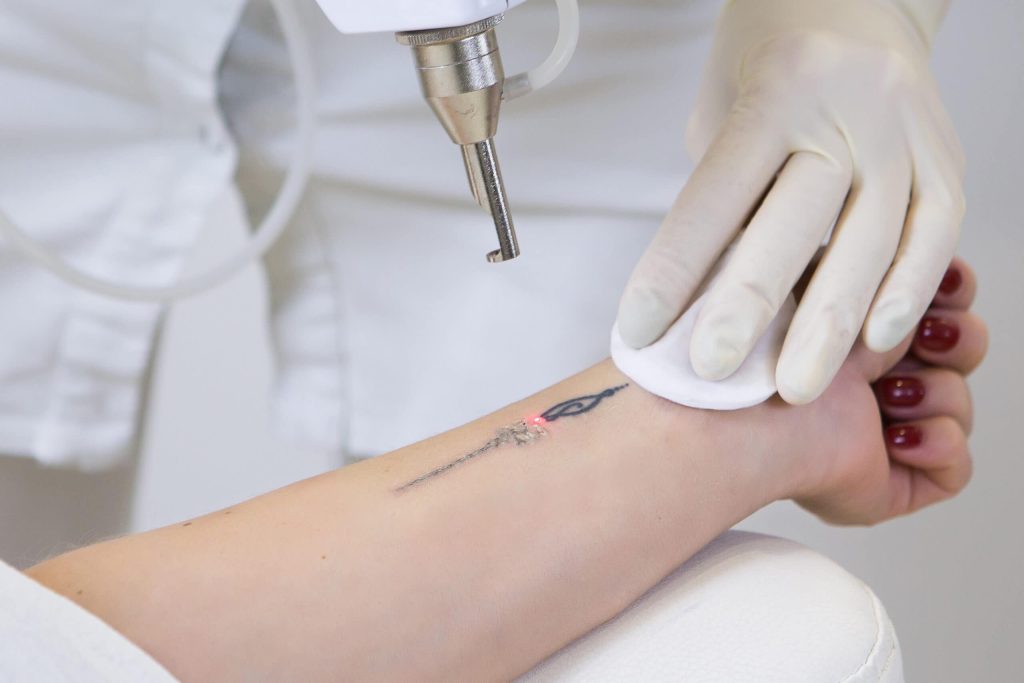
Cost-Effectiveness
Opting for a package deal can be more cost-effective than pay-per-session, especially for complex tattoos. Difficult-to-remove inks, such as vibrant colors or dense designs, often require numerous sessions.
A package deal locks in a price upfront, potentially saving clients hundreds or even thousands of dollars over time. It encourages a full commitment to the removal process without the worry of escalating costs.
Terms and Conditions
However, it’s crucial to understand the terms and conditions of these packages. Some may have time limits, requiring all treatments to be completed within a certain period. Others might not be transferable between different parts of the body or between individuals.
Always read the fine print and ask questions before committing to an unlimited treatments package. This ensures you fully understand what you’re getting into and can make the most out of your investment.
Eyebrow and Microblading Removal Costs
Session Numbers
Eyebrow tattoo and microblading removal often require fewer sessions than removing body tattoos. This difference can significantly lower the overall laser tattoo removal cost. Since these facial tattoos are usually smaller and have less ink depth, they respond quicker to laser treatments.
Facial skin heals differently and may need more time between sessions. This careful pacing ensures optimal recovery, affecting the number of visits needed.
Specialized Techniques
Laser tattoo removal on the face demands specialized techniques. Providers must use precise settings to avoid damaging delicate facial skin. The expertise required for these procedures can influence the tattoo removal cost.
Providers might also apply specific aftercare to promote healing and minimize risks. Such tailored care can impact pricing but ensures safety and effectiveness.
Provider Experience
Choosing an experienced provider for facial tattoo removal is crucial. Experts in laser tattoo removal understand how to adjust their approach for sensitive areas like eyebrows. Their skill not only guarantees better results but also enhances safety.
Experienced professionals might charge more, but their expertise is worth the investment. They know how to minimize discomfort and ensure a smoother healing process.
Safety and Pain Considerations
Licensed Providers
Choosing a licensed and reputable provider is critical. They ensure the laser tattoo removal process is as safe as possible. Patients often have questions about the safety of removing tattoos, especially after considering eyebrow and microblading removal costs.
Licensed professionals use the right equipment and follow strict guidelines. This minimizes risks, including infections and incorrect laser usage.
Side Effects
Common side effects include temporary redness, swelling, and discomfort. These are normal reactions that show your body is responding to the treatment.
However, there are long-term risks like scarring if not handled properly. It’s important for patients to discuss these potential outcomes with their provider before starting treatment.
Pain Management
Pain management options during treatment make the experience more comfortable. Providers might use topical anesthetics or cooling devices to reduce pain.
Patients should feel empowered to ask about these options. A good provider will always be open to discussing ways to make your experience better.
Closing Thoughts
Deciphering the cost of laser tattoo removal doesn’t have to be as perplexing as the ink you’re looking to erase. You’ve seen how factors like size, color, and technology play pivotal roles in pricing, alongside options that cater to diverse budgets, including unlimited treatments packages. Safety and pain considerations ensure you’re well-informed before making a decision. This knowledge empowers you to navigate the removal process with confidence, ensuring no surprises when it comes to managing your expectations and finances.
Now’s the time to take the next step. Armed with insights on what influences costs and how to gauge the value of services offered, you’re better positioned to choose a removal plan that aligns with your needs and budget. Don’t let past decisions weigh you down. Reach out to a professional today, and start your journey towards clear skin and a renewed sense of self.
Frequently Asked Questions
How much does laser tattoo removal typically cost?
The cost varies widely based on size, color, and technology used, but expect a range from $200 to $500 per session.
What factors influence the cost of laser tattoo removal?
Key factors include the tattoo’s size, ink colors, your skin type, and the type of laser technology utilized for removal.
Can I get an estimate on how many sessions I’ll need for complete removal?
Yes, during a consultation, professionals can provide an estimate based on your tattoo’s characteristics and the chosen technology.
Are there any payment plans available for laser tattoo removal?
Many clinics offer payment options or packages to make the process more affordable, including unlimited treatments packages.
Does the color of my tattoo affect the removal cost?
Yes, certain colors require specific lasers and more sessions to remove effectively, which can impact the overall cost.
Is eyebrow or microblading removal more expensive than regular tattoos?
Eyebrow and microblading removal costs might differ due to precision required in treatment but are generally in line with standard pricing.
What should I know about safety and pain during the procedure?
Laser tattoo removal is safe when performed by qualified technicians. Pain levels vary but are manageable with topical numbing agents.



